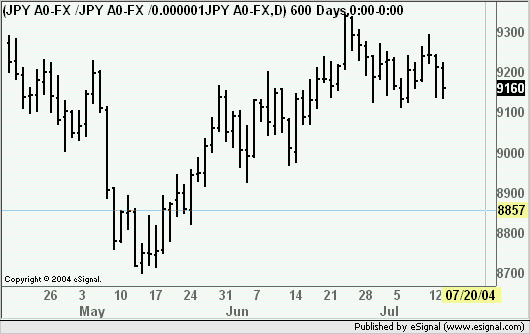I understand that in currency pairs the base currency is quoted first and that most pairs are quoted against the USD. So in the case of USDGBP you omit the USD and the symbol is simply GBP A0-FX.
In the case of the GBP and EUR, however, you can have both symbols as a base:
GBPEUR A0-FX
EURGBP A0-FX
So to the Q:
I can't call up pairs where the USD is not the base currency:
GBPUSD
EURUSD
and so on. I'd like to do this because many sites talk about such 'reverse' pairs and
Is there a way to do this?
Ian
In the case of the GBP and EUR, however, you can have both symbols as a base:
GBPEUR A0-FX
EURGBP A0-FX
So to the Q:
I can't call up pairs where the USD is not the base currency:
GBPUSD
EURUSD
and so on. I'd like to do this because many sites talk about such 'reverse' pairs and
Is there a way to do this?
Ian


Comment